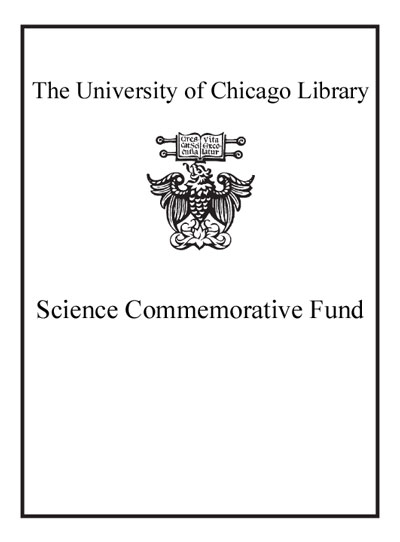Excerpted from Chasing Hubble's Shadows by Jeff Kanipe. Copyright (c) 2006 by Jeff Kanipe. Published February 2006 by Farrar, Straus and Giroux, LLC. All rights reserved 1 HUNTING FOR SNARKS In the midst of the word he was trying to say , In the midst of his laughter and glee , He had softly and suddenly vanished away -- For the Snark was a Boojum, you see . --Lewis Carroll, "The Hunting of the Snark" "The cup of the Big Dipper contains over four hundred galaxies," said the planetarium director, emphasizing his remark by rapidly circling the famous star grouping with his red pointer. "Just imagine," he continued, "if there are that many galaxies confined to just this tiny area, then there must be hundreds of millions of galaxies scattered across the entire sky, each containing tens of billions of stars." And with that, he turned a dial on his console, and the stars began to march majestically across the sky to the opening strains of Henry Mancini's "Theme from A Summer Place ." Fittingly, it was late summer 1968 and the first time I had ever set foot in a planetarium. My youthful interest in astronomy was still rudimentary, but already I had learned and could recognize on sight most of the constellations. I watched the familiar patterns rise in the east, drift overhead, and disappear in the west as the impossibly high strings of "Summer Place" soared in the background. Perhaps I am easily amused, but I was wowed. Thirty-six years later, with the public release of the Hubble Ultra Deep Field (HUDF)--the deepest, farthest look into the universe ever made--my first-time planetarium experience came back to me and I was wowed all over again. Astronomers at the Space Telescope Science Institute in Baltimore announced that a region of sky just three thousandths the size of the cup of the Big Dipper contains at least ten thousand galaxies! That's an area you could easily cover with a pencil eraser held at arm's length. Assuming that the distribution of galaxies is similar across the sky, the number of galaxies embraced by the Big Dipper's cup would be well over 190 million, counting all those down to the faintest ones seen in the HUDF. If you extrapolate these values to the number of potentially observable galaxies across the entire sky, you get a truly mind-boggling number: 127 billion ! Of course, the true population, consisting of these galaxies plus those that cannot be, or have yet to be, detected with current telescopes, would be far greater. We know how deep Earth's oceans are. We know the width and breadth of the solar system. The size of the Milky Way is no longer in question; nor is the expanse of space lying between the nearby galaxies. But just how deep is the universe? Such a question has the most profound implications, because in this case, deep implies more than size and distance on the grandest of scales--it implies age as well. Some of the galaxies in the Hubble Ultra Deep Field, for example, lie more than 12 billion light-years away. But that immensity also represents a span of time--lookback time--of more than 12 billion years in the past, because it has taken that long for the photons from these remotest known galaxies to reach Earth, despite zipping along at a velocity of 300,000 kilometers per second. Hence the universe is far richer than people thought it was in the 1960s or, for that matter, in the three decades that followed. And today the answer still eludes astronomers. Not even the acute vision of the Hubble Space Telescope, the instrument used to make the remarkable HUDF image, can survey such realms. Still, the Hubble telescope has afforded us the first glimpse of the objects that live near the farthest reaches of the universe, billions of newly formed and inchoate galaxies. Only that telescope, at this time in history, could have provided humankind with such a penetrating look at what creation hath wrought. What a marvel and scientific triumph the Hubble telescope has been. No other contrivance save Galileo's humble two-inch telescope ("Old Discoverer," he called his fifth and favorite model) has done more to advance humanity's understanding of the universe in so brief a time. Even with a modest 2.4-meter mirror, the telescope's location above the distorting effects of Earth's atmosphere has extended our visual acuity more than a billion times. If fireflies flickered in the dark recesses of the moon, we could see them with the Hubble telescope. Its abundant light-gathering power has enabled astronomers to study stars, star clusters, nebulae, and galaxies in far greater detail and at significantly greater distances than anyone had thought possible before it was placed into orbit in 1990. All the more reason to mourn its probable loss due to a federal budget constraint. Stamping out wasteful government spending is certainly a good thing, but wasting an invaluable telescope that has revolutionized the way we look at the universe does not seem to be in the best interest of science or society. But that's another topic for another day. Excerpted from Chasing Hubble's Shadows: The Search for Galaxies at the Edge of Time by Jeff Kanipe All rights reserved by the original copyright owners. Excerpts are provided for display purposes only and may not be reproduced, reprinted or distributed without the written permission of the publisher.


